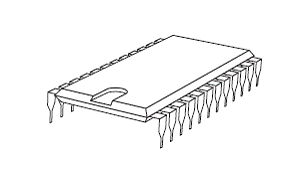space, data space, and configurable parameter space.
• Program space stores the ladder logic (LAD) or statement
list (STL) program instructions. This area of memory controls
the way data space and I/O points are used. LAD or STL
instructions are written using a programming device such as
a PC, then loaded into program memory of the PLC.
• Data space is used as a working area, and includes memory
locations for calculations, temporary storage of intermediate
results and constants. Data space includes memory
locations for devices such as timers, counters, high-speed
counters, and analog inputs and outputs. Data space can be
accessed under program control.

• Configurable parameter space, or memory, stores either the
default or modified configuration parameters.



